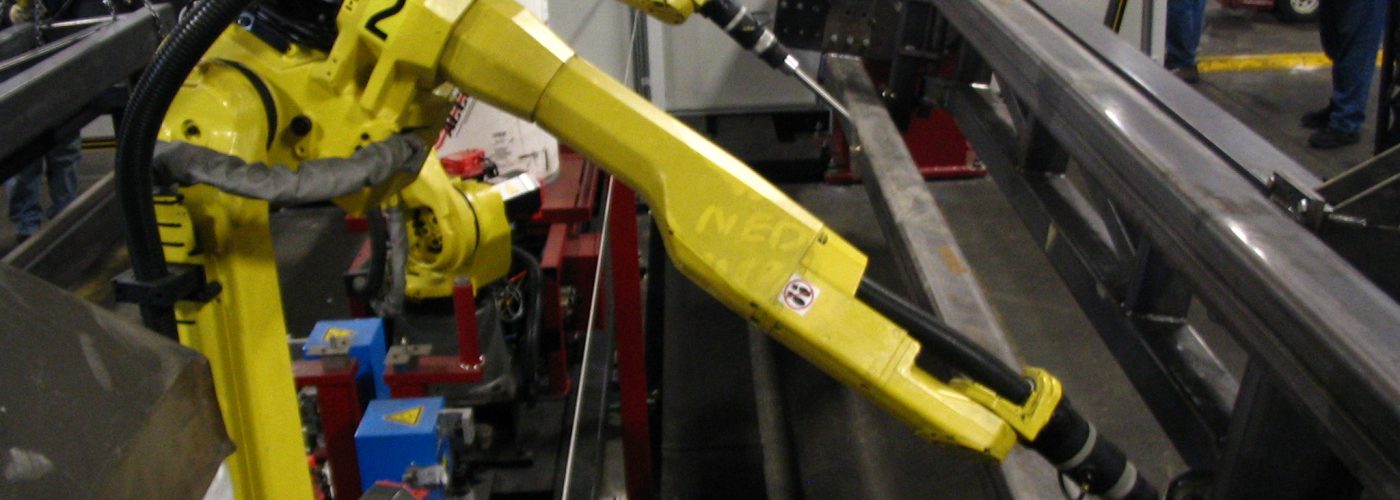The £56 billion UK construction products manufacturing industry has started its catch-up activity lost during the first three months of the year due to adverse weather conditions, show the Construction Products Associaton’s (CPA) State of Trade Survey for 2018 Q2.
“These results fit the profile of construction catch-up from a weather-affected Q1. As we’ve moved from a freezing Spring to a hot Summer, groundworks and work on external structures has been able to resume, and this has been reflected in increased sales for heavy side manufacturers,” said Rebecca Larkin, CPA senior economist.
Acting as an early indicator of wider activity in the supply chain, construction product sales are very important and the results of the survey signpost to a rise in total construction output levels over the next 12 months. An increase in activity was also reported by heavy side manufacturers, with sales in Q2 rising for 40% of firms, following two previous quarters of falling sales.
A decrease of 29% was reported by the light side manufacturers, which was the weakest performance since 2012 Q3. This reflects the lagged impact of the industry’s decline in Q1, as light side products such as insulation, boilers, glass and lighting tend to be used at the end of the building process.
“The disruption in Q1 is likely to have delayed interiors and finishing works starting on site, which is evident in the decline in light side sales during Q2,” said Rebecca. “Manufacturers’ product sales, capacity utilisation and new hiring are all still expected to increase over the next year, but price pressure is coming from all directions across fuel, energy, raw materials and labour, which is likely to be felt throughout the construction supply chain.”
A return to growth is anticipated by manufacturers, with 43% of heavy side firms and 27% of those on the light side expecting an increase in sales over the next 12 months. Input cost inflation continues to persist, however, particularly for the energy-intensive heavy side, which is experiencing the pass-through of rising global commodity prices on fuel and energy costs.





